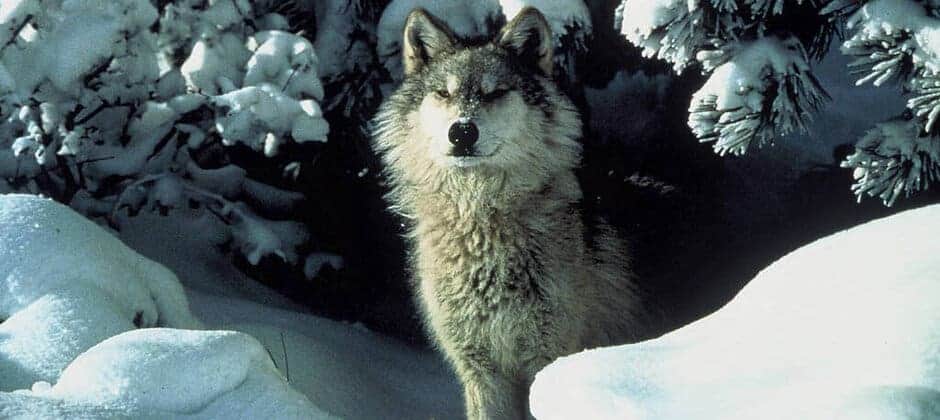Share this article
WSB: When fieldwork is sabotaged
Tracking wolf populations presents challenges in the best of times. The carnivores are highly mobile and not exactly easy for wildlife biologists to handle. But researchers in Germany face an additional risk when setting up field studies—sabotage by other humans.
Gray wolves (Canis lupus) have only begun to return to many parts of Germany in the past few decades after persecution in much of the 20th century and earlier. As in North America, the return of these alpha predators has sparked controversy between environmentalists and stakeholders who feel that wolves threaten their safety or livelihood. Due to their precarious state of existence, it’s difficult to get permits to trap wolves—even for researchers looking to fit tracking collars on them to learn more about their movements.
Friederike Gethoffer, a veterinarian at the University of Veterinary Medicine Hanover in Germany, and her colleagues were interested in wolves’ use of space in Lower Saxony. They got permission to trap wolves after a lengthy process, but only using a special box trap—the foot traps used in many parts of North America are still rarely if ever approved, she said. Box traps involve a swinging door system that activates once the animal is inside.
The trouble is, most box trap systems available in Germany were clunky. “It was just heavy—it was so huge you had to put it on a huge trailer,” she says.
So Gethoffer and her colleagues crafted a new one from scratch that two people could assemble if needed. The team tested it on their pet dogs several times—big breeds the size of German shepherds—then brought it out into the field.
As reported in a study published recently in the Wildlife Society Bulletin, they set the box trap up in a clearing with more than 10 cameras pointed toward it to monitor the way the wolves approached from different angles. However, the researchers had to move the box trap from the first site because it was on private property where roe deer (Capreolus capreolus) and red deer (Cervus elaphus) hunting season was occurring.
They set it up again on federal forest land, but that’s when things went wrong. Someone came in and stole all the cameras, destroying the pieces they were hung from. The images from the cameras were uploaded by satellite rather than stored on memory chips. But incredibly, despite all the cameras pointing at different angles, including at other cameras, the researchers didn’t get any footage of the perpetrators.
While it’s unclear who did the damage, Gethoffer said that the debate on wolves is so highly charged that it’s a possibility pro-wolf advocates could have been involved. These activists distrust any kind of research as they believe it might eventually lead to shooting some of the animals.
“It’s a large lobby and difficult to handle,” she said. “They just argue that this isn’t real science, that it’s just aimed at management and shooting.”
But Gethoffer said her team’s intent was just to gather information. “Lower Saxony is a densely cultivated area with many people living there,” she said. Some people fear that wolves are coming into the villages and may be dangerous.
Researchers wanted to understand more about whether the animals were moving through urban areas at night. Without the best information, authorities might make more drastic decisions about wolf control than they would if they had access to better science.
“The more information, the better the decision is in the end,” she said.
As a result of the failed experiment on using box traps, her team handed the study over to the local government ministry. The government agency still plans to capture wolves and put tracking collars on them, but perhaps using a leg trap. For now, the future of the box trap that Gethoffer’s team built from scratch is uncertain.
This article features research that was published in a TWS peer-reviewed journal. Individual online access to all TWS journal articles is a benefit of membership. Join TWS now to read the latest in wildlife research.
Header Image: When trying out new traps to study wolves, researchers ran into some trouble. Humans damaged their equipment. Credit: Tracy Brooks/USFWS








